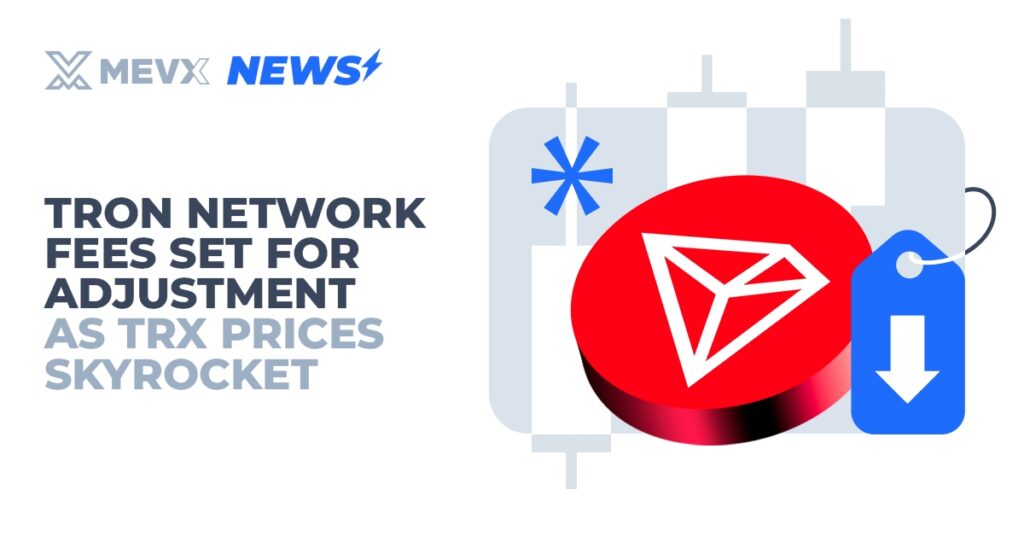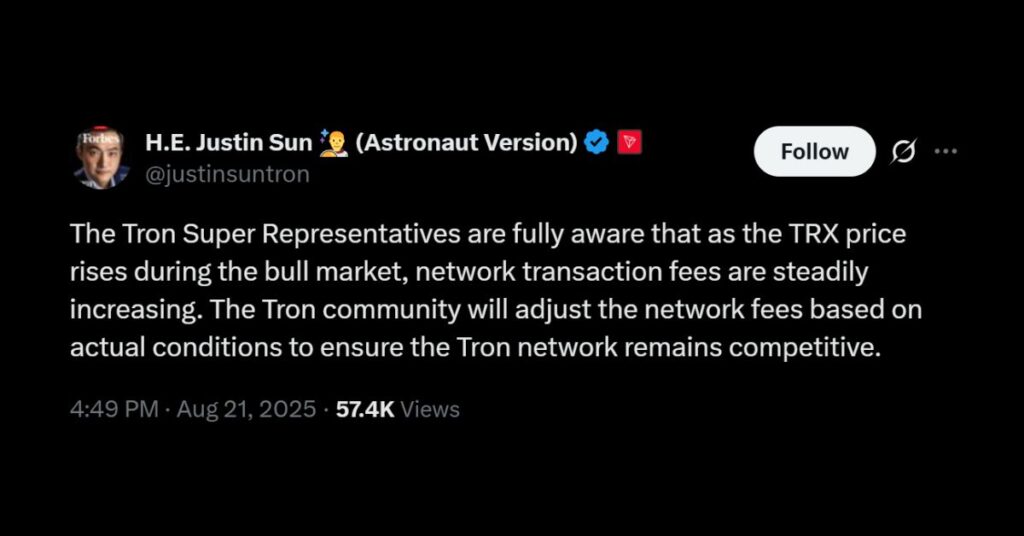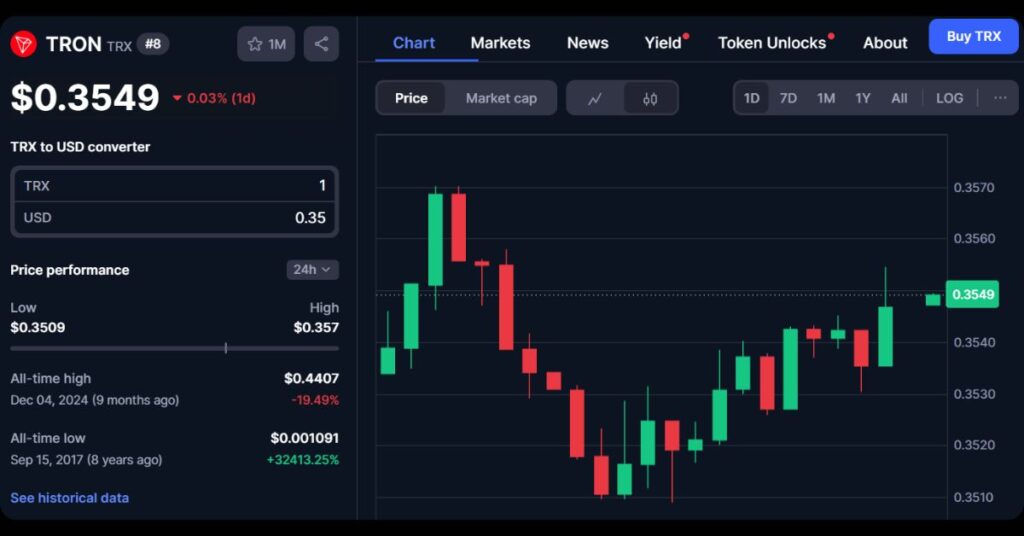Tron founder Justin Sun has made a bold announcement that’s stirring curiosity among investors and users alike. As TRX prices surge in the ongoing bull market, the Tron community is gearing up to tweak Tron network fees to ensure the platform remains a top contender. But what does this mean for everyday users and the broader ecosystem?

Understanding the Tron Network Fees Dilemma
Tron network fees, known for their high-speed transactions and low costs, operate on a Delegated Proof-of-Stake (DPoS) mechanism managed by 27 Super Representatives. These elected nodes handle validations, and fees are tied to resources like “Energy” and “Bandwidth,” which are denominated in TRX.
With TRX’s value climbing, recently pushing transaction costs like USDT transfers up by 161% to over $4 per transaction, the once-affordable network risks losing ground to rivals like Solana or Ethereum.
Justin Sun, in a recent post on X (formerly Twitter), emphasized that the community is “fully aware” of this issue and will adjust fees based on real-time conditions. This isn’t a knee-jerk reaction; it’s a strategic move to balance growth and affordability, drawing from Tron‘s history of adaptive fee structures.

Key Impacts and Historical Context
To grasp the significance, here’s a breakdown of potential outcomes and past adjustments:
- Boosting User Adoption: Lowering fees could attract more DeFi users and meme coin enthusiasts via platforms like SunPump and SunSwap, potentially increasing daily transactions to 20 million, rivaling Solana’s volume.
- Encouraging Staking: Adjustments often include incentives like increased energy limits (e.g., from 120 billion to 150 billion daily) and reduced energy prices (down 50% in recent tweaks), rewarding TRX holders who stake for free resources.

- Historical Precedents: In 2024, Tron slashed fees on SunPump by 90%, dropping them to about 0.35 TRX ($0.045). Earlier in 2025, Sun suggested community-driven reductions to counter rising TRX prices, building on 2021’s energy price hikes for network balance.
These changes have historically led to spikes in activity, with Tron’s dominance in USDT (over 50% of supply) remaining unchallenged.
As the crypto market evolves, this adjustment underscores Tron’s commitment to competitiveness amid TRX’s bullish run. Will it solidify its position or spark further innovations?
For the latest insights on Tron network fees and crypto trends, follow our MevX blog today!
Share on Social Media:
